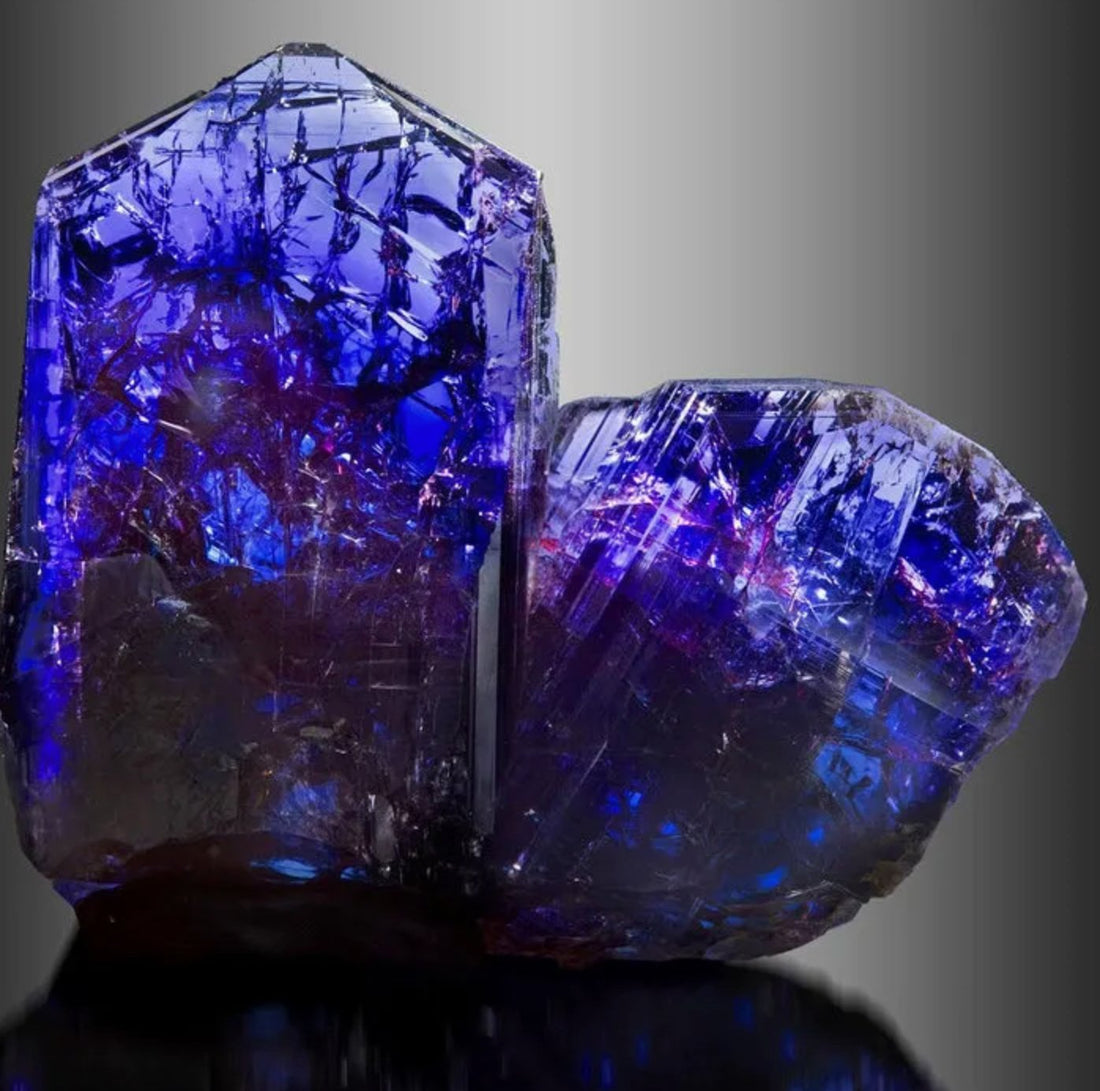
Ten of the Rarest Gems in the World
Share
1. Tanzanite – This rare gem was discovered in 1967 by Julio Tanjeloff, the grandfather of Astro West’s President Marc Tanjeloff, and was initially dubbed Tanjeloffite. Hailing from a single mine in the Merelani Hills of Tanzania, this handsome variety of zoisite is known for its pleochroism, displaying blue, purple, and red hues.
2. Black opal – The most valuable type of opal, these gems display a dark background color that creates a stunningly vibrant chromaticism. Mined only in Australia, these are the rarest variety of the stone and can sometimes look like they contain the Northern Lights.
3. Paraíba tourmaline – This copper-bearing electric turquoise form of tourmaline was discovered in Paraíba, Brazil in the 1980s and despite also being found in Mozambique and Nigeria it boasts a per-carat price that is still on the rise.
4. Alexandrite – This chameleon of a gem from the emerald family is known for its color-changing properties, morphing from blue to green in daylight to red and purple in dimmer illumination. Discovered in 1830 in the Ural Mountains and named for Russian Czar Alexander II, this stone can no longer be found at its initial source.
5. Benitoite – Identified around 1907 and only found in larger-than-trace quantities in a small part of California near the San Benito River, this deep blue gem glows fluorescent under UV light. Benitoite is the state gemstone of California and hasn’t been commercially mined since 2006.
6. Painite – This mineral in deep shades of red was named after the mineralogist and gemmologist Arthur Charles Davy Pain and is the rarest gem mineral in existence (it holds the Guinness World Record). Discovered in 1951, there are less than 1,000 specimens in existence.
7. Red beryl – Also known as bixbite, this brightly hued gemstone is only mined in Utah, New Mexico, and Mexico, and generally comes out of the ground in pieces too small to be cut and faceted, making it a highly desirable and rare mineral.
8. Taffeeite – Mined only in Sri Lanka and Tanzania, this delicately violet hued gem was discovered in 1945 by an Australian gemologist named Richard Taaffe and is considered over a million times rarer than the diamond.
9. Phosphophyllite – This delicate seafoam-hued gem is extremely fragile and difficult to cut and facetable crystals are hard to come by, making this an exceptionally rare and desirable stone. Phosphophyllite was discovered in 1920 and its name plays on the Greek word phyllos, which means leaf, and the highest grade specimens are mined in Bolivia.
10. Euclase – Often colorless, this prismatic, striated gem was first discovered in the Ural Mountains of Russia and can also come out of the ground a lovely teal hue. Generally found in small amounts, the name of this rare mineral is derived from Greek and means good fracture.
